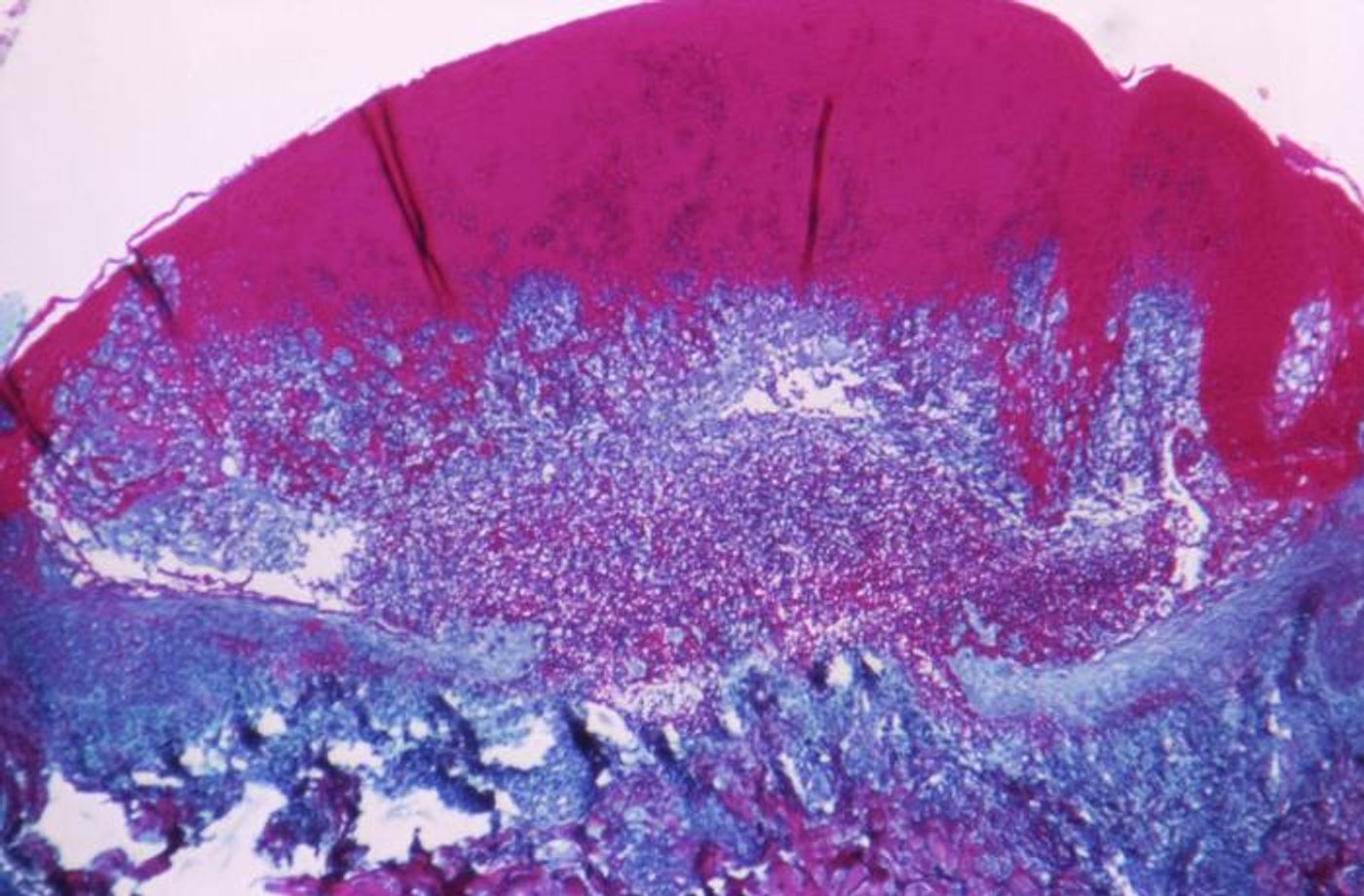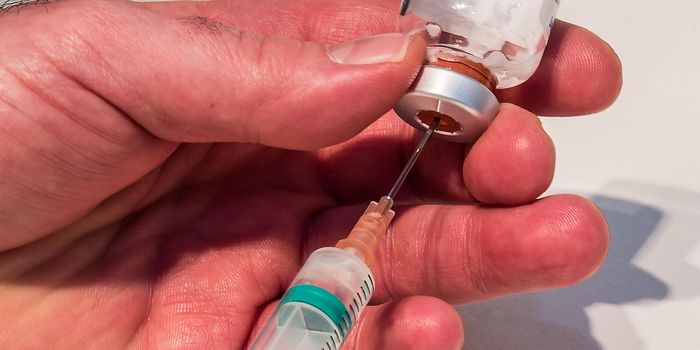This Day in Science History - Edward Jenner & The Smallpox Vaccine
Smallpox is caused by the variola virus, which can be spread though infectious droplets that are exhaled as people talk, cough, or sneeze. It seems like smallpox has infected humans for as long as humans have been getting sick. There is evidence that people were being infected as long as 3,000 years ago. Smallpox is deadly, and in many outbreaks, about 30 percent of people who were infected died from the disease.
The infection typically had an incubation period of a week to 17 days. It caused fatigue, high fever, and serious back pain. In some cases, people had abdominal pain or vomiting. About two days after the onset of symptoms, a rash would appear; bumps of clear liquid formed on the skin and filled up with pus days later. A crust developed and then they fell off. In the mucus membranes of the mouth and nose, lesions formed and began to fester. People were infectious to others until the last sores scab and fall off.
Though it's been eradicated, smallpox is still considered to be a major threat and has the potential to be used as a bioweapon. In the United States, there is a Strategic National Stockpile (SNS) that contains enough doses of the smallpox vaccine for every person in the United States. However, people have not been vaccinated for smallpox for many years. Routine vaccination ended in the United States in 1972, and the manufacturer no longer produces the vaccine.
Smallpox is also considered to be the only disease that people have successfully eradicated with a vaccine. The World Health Organization spearheaded an intense vaccination effort that began in 1967. The last known natural case of smallpox occurred in Somalia in 1977, (the last US case was in 1949) and WHO declared that smallpox had been eradicated in 1980.
Edward Jenner (1749–1823), born as an orphan in Berkeley, England, is considered to be the first physician to have given his patients the smallpox vaccine in 1796. His observations that people who had been previously exposed to cowpox were resistant to smallpox, were reported to the Royal Society in April 1797. Though we don't know exactly how many people Jenner vaccinated, we do know that at least four people who he deliberately exposed to the cowpox virus were then able to resist the smallpox infection; an exposure to a weaker form of a similar virus generate immunity, the first vaccination.
Many other doctors, clinicians, and contributors came before and after Jenner; science is very rarely conducted in isolation.
Jenner himself had been variolated, or deliberately infected, with smallpox as a boy. Apparently, it almost killed him. People knew that a small exposure to the virus could prevent more serious illnesses from developing. This was old knowledge. In Africa, China, and possibly India, people had developed a variolation technique. In China, for example, smallpox scabs were blown into the noses of healthy people.
In North America in 1721, an enslaved man named Onesimus had told people, including the man who owned him, about variolation. Unsurprisingly, not everyone was receptive to these ideas. But for the most part, there was a reward for those who listened. People who were variolated were less likely to get sick and die. Word was also spreading about variolation, and it wouldn't be long before the process was improved by Jenner and others, leading to the public health breakthrough that we enjoy today - smallpox is gone.
Sources: World Health Organization, Baylor University Medical Center Proceedings, Centers for Disease Control and Prevention









